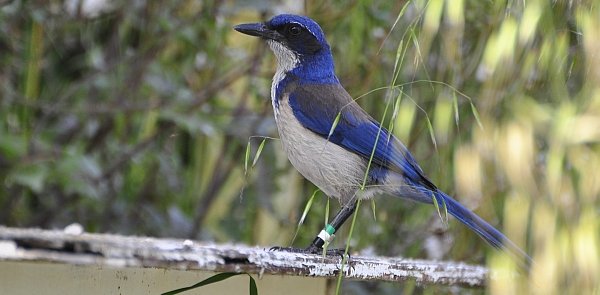
Today we take a brief reprieve from birder commentary to talk actual birds, specifically those of Santa Cruz Island, where my lowly-esteemed colleague Seagull Steve is currently doing field work on some of the nearshore seabirds there.
The fundamental question is, where is it? Many people, birders and otherwise, if a poor grasp on the realities of this place. A large number of people I talk to believe the island to be next to the city of Santa Cruz, California. This is not true. Santa Cruz Island lies hours to the south, off the coast of Santa Barbara, CA, among the cluster of northern Channel Islands (Anacapa, Santa Rosa, and San Miguel). A part of Channel Islands National Park, Santa Cruz is massive; 22 miles long, with 2 mountain ranges and a central valley. The Nature Conservancy owns much of it, while the National Park Service owns the eastern end. To get there, most people take Island Packers boats out of Ventura, who offer drop-offs and pick-ups for both day trips and campers. Rockpipers are present here on the rocky shores and jetties of the outer harbor from early fall through the middle of spring. Once you are on the boat, Island Packers will get you offshore pretty fast, but there is still a good chance to get some incidental pelagic birds in the channel.
Surfbirds lurk on the slippery rocks of the Ventura Harbor for much of the year. Black Turnstones and Black Oystercatchers can be found in numbers as well. Less common are Wandering Tattler, Ruddy Turnstone and American X Black Oystercatcher hybrids.
Scripps’s Murrelets are often the most numerous alcid in the spring and summer. If you need this bird, a run out to the Channel Islands may be one the easiest way to get them aside from the sporadic pelagic trips offered from points south. At the very northern end of their breeding range in the Channel Islands, they are strictly a Californian bird as far as the U.S. is concerned. Depending on the time of year, other alcids to expect include Pigeon Guillemots, Common Murres, Rhinoceros Auklets and Cassin’s Auklets.
Large, slow-flapping Pink-footed Shearwaters can sometimes be found in summer and fall mixed in with more common Sooty Shearwaters, while Black-vented Shearwaters often appear in late fall and winter. Phalaropes, jaegers, terns and even storm-petrels can also be seen on the crossing from Ventura to Santa Cruz, although the trip is often not overly birdy.
You will have the options of either landing at Prisoner’s Harbor or Scorpion Anchorage, on the National Park side. If you are a diehard birder who scoffs at the thought of unnecessary hiking if you are just trying to see a particular bird (not that there’s anything wrong with that), I am guessing you may want to get off the boat at Prisoner’s Harbor. Why?
Because you want to see a damn Island Scrub-Jay, of course. Island Scrub-Jays are endemic to Santa Cruz Island, so if you want to see this charming bird that, yes, really does look and sound different from Western Scrub-Jay, this is the place to go. I’ve often seen these high-value targetbirds within view of the dock itself.
You can also see the birds if you land at Scorpion, but you may have to (gasp) walk a bit further and try a bit harder. Shouldn’t be a problem if you plan on camping though.

Of course, the island has a lot more to offer besides this jay. The scenery is stunning…expansive, rolling grasslands, towering vertical cliffs, cozy canyons filled with oaks, quiet coves where sea lions and cormorants mingle over the kelp forests. It is sometimes hard to think Santa Cruz Island is sitting just offshore from paved, congested, smoggy southern California.
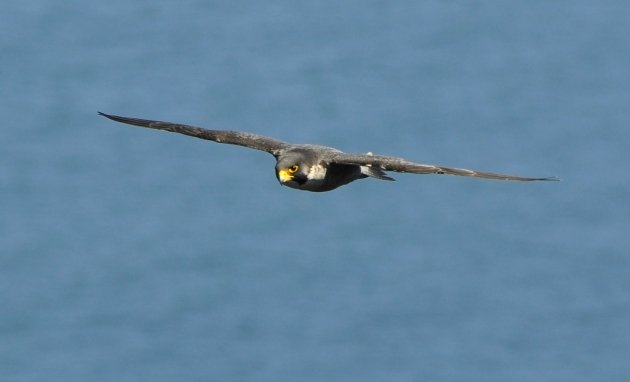
Many raptors are not afraid to make the ocean crossing to the Channel Islands. Peregrine Falcons breed on the sheer cliff faces of Santa Cruz; you may meet one at eye level on the bluff trail north of Scorpion Ranch, where this photo was taken (I highly recommend this trail, by the way, if only for the views). Like several species, breeding Peregrines were extirpated during the height of the DDT era but have reclaimed their island domain in more recent years.
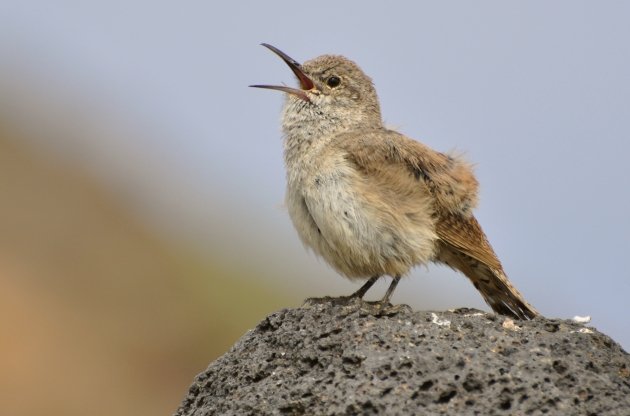
Another cliff-lover, there is no shortage of Rock Wrens on Santa Cruz. Their enthusiastic, trilling calls are hard to miss. You may have a more difficult time slinging glass at Canyon Wrens, but their ethereal, cascading songs bounce off the cliffs here as well.
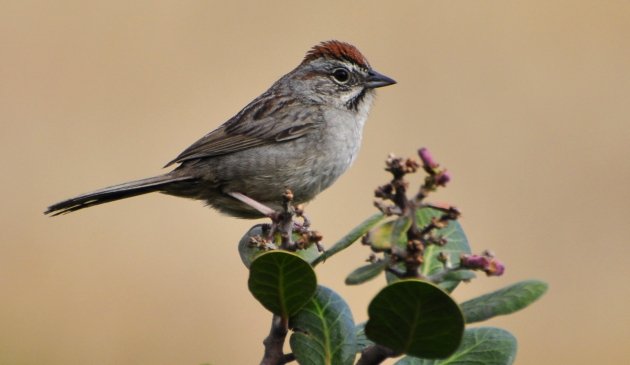
The Channel Islands have all sorts of species and subspecies that are endemic to the islands, including mammals, reptiles, plants, and of course birds, many of which are nonmigratory. This is the Santa Cruz Island Rufous-crowned Sparrow, a subspecies endemic to Santa Cruz and Anacapa Islands. Never have I seen so many Rufous-crowned Sparrows, they are thick out here. The landbird community on Santa Cruz is a strange mix; Northern Saw-whet Owls, Grasshopper Sparrows, Merlins, Black-headed Grosbeaks, Hooded Orioles, Common Poorwills, Horned Larks are a few of the species found here. Various migrant songbirds can show up during migration, and vagrants are not unheard of during the fall, especially around the ranches and Prisoner’s Harbor.
Aside from birds, people really seem to like Island Foxes. An endangered species success story, these ungodly cute animals are now thriving after their populations (most Channel Islands have an Island Fox population) scraped against the brink of extinction for years. They are small and adorable. Many are fearless. It should be noted, however, that many people seem to stop liking them so much after they steal your stuff or defecate on your belongings.
I can’t finish this post without mentioning marine mammals. Huge pods of dolphins can be found near the islands, and many Gray Whales (above) come through during their spring migration from Baja California to Alaska (which is, coincidentally, the same route many shorebirds, waterfowl and loons take). In summer and fall, the waters around the Channel Islands can teem with Blue Whales. Not a bad part of the ocean to find yourself on.
Interested in coming out? Well then be sure to the check out an older Santa Cruz Island post by a certain notorious New York birder. As he says, and as you should know, different times of year will produce different birds, either at sea or on the island. I highly recommend making the trip out…if you are birding southern California for the first time, a visit to Santa Cruz Island will really make your trip complete.


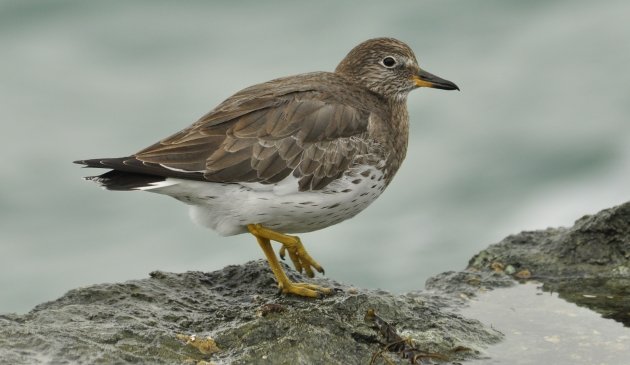
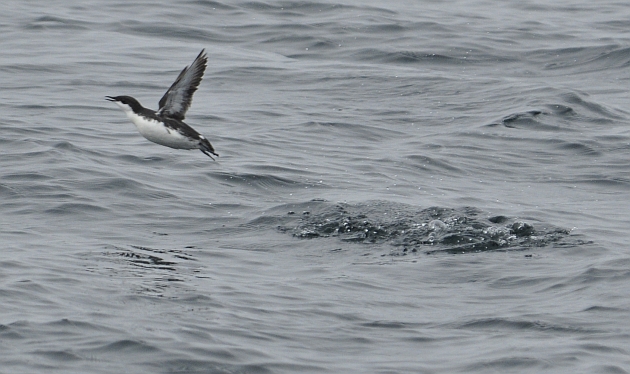
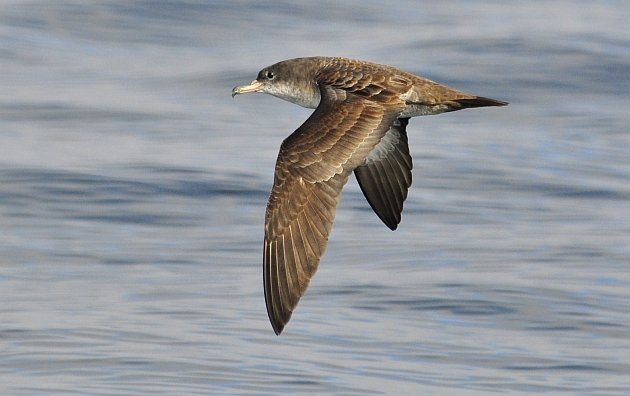
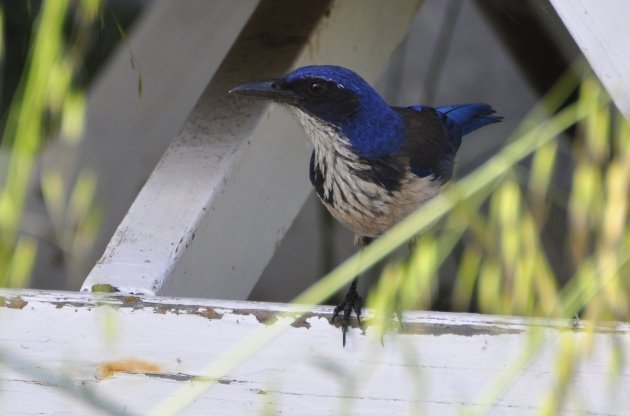
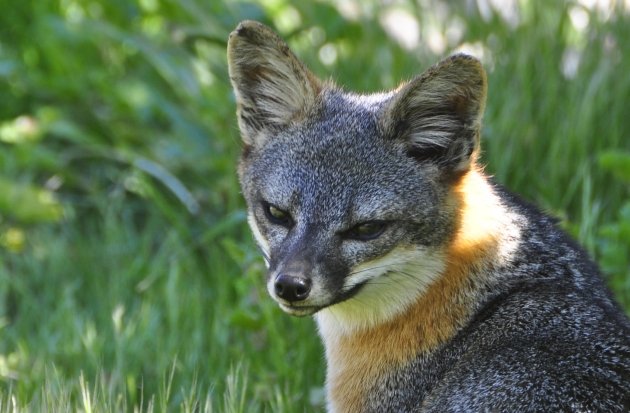
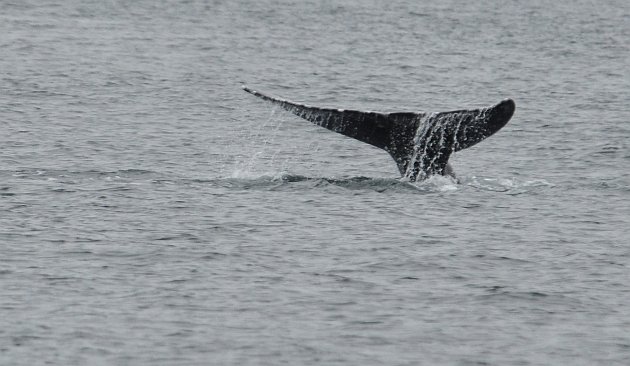











Love the rock wren photo!
That place sounds kind of like something out of a strange yet good birding dream which of course places it on my bucket birding site list. Where the heck do those Saw-whets live? Has anyone studied them?
Thanks Erika! It was an obliging bird. No recordings to lure it in required.
The Saw-whets were likely native to the oak groves here, but so far I’ve only heard them calling from nonnative eucalyptus or cypress trees. Not sure if they’ve been studied, I certainly find it odd that they are here in numbers.
This post makes me feel inadequate. I must return (in June?) to make up for my not-as-good-as-Felonious’s post.
That effin face can defecate on my belongings any day of the week. And yeah, I think I need to visit this island. Sold.
I was able to get out to Santa Cruz three years ago to help out with Loggerhead Shrike surveys. I will note that if you are like me, and you don’t care for wind, it can be BITTER COLD out there.
Anyway, envious photos of the jays, all the birds I saw were always at a distance. And I nearly missed them on my second day on the island as I was concentrating on the survey when I realized some jays were calling down in a valley.
The seabirds over to the island were spare so, unfortunately, no Scripps’s Murrelets.
I did get your eye-levels views of the Peregrine, and I wanted add some other subspecies unique to the island(s). I was able to pick up the Allen’s Hummingbird, Pacific-slope Flycatcher, Bewick’s Wren, Song and Rufous-crowned Sparrows as well as the shrike from Scorpion Ranch.
went out to prisoner’s harbor for my 67th birthday; Orni the Birding God smiled on me and my camera: